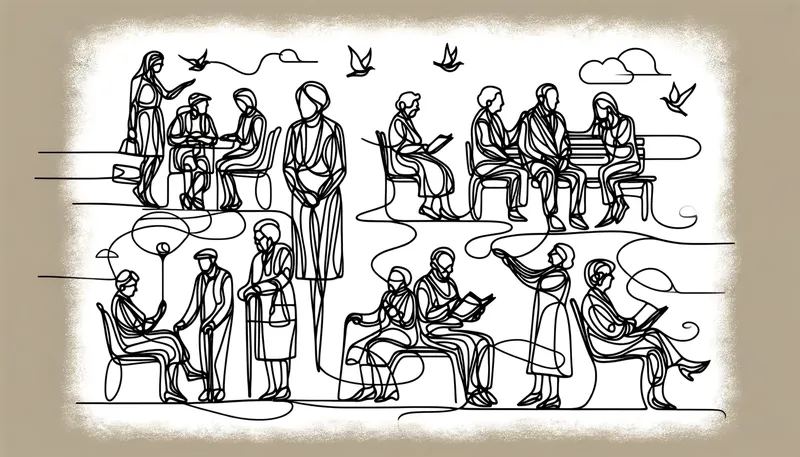Immigration NZ and New Zealand's Ageing Population
Concerns surrounding New Zealand's ageing population and low fertility rates pose significant economic challenges. Immigration NZ sustains population growth, but declining birth rates are a global issue. Governments are exploring strategies to encourage a baby boom, while the fiscal burden of an ageing society raises questions about adaptation and financial responsibility. Contact Immigration Lawyer NZ for any questions.

New Zealand is facing significant economic challenges due to its ageing population and declining fertility rates. The country's population growth is currently sustained through immigration. However, the issue of insufficient birth rates is not unique to New Zealand. A study by the United Nations predicts that 23 countries worldwide will have halved populations by the end of the century.
To combat this issue, governments globally are exploring strategies to encourage a baby boom. For example, Hungary implemented a policy in 2019 where individuals with four or more children would be exempt from paying income tax for life. Even in New Zealand, National Party leader Christopher Luxon made a lighthearted comment urging citizens to have more babies.
However, the concern over the declining birth rate is not unfounded. Distinguished Professor Emeritus Paul Spoonley highlights the transformation in New Zealand's demography expected by the 2030s. The rapid ageing of the population and the projected statistic that one in four New Zealanders will be aged over 65 is unprecedented.
The fertility rate in New Zealand is a particular issue. The fertility rate represents the average number of children women would have in their lifetime. In New Zealand, the replacement rate stands at 2.1, which refers to the number of children a couple would need to have to maintain the population size. Countries with higher infant and child mortality rates have higher replacement levels.
Recent data from Stats NZ shows concerning trends in New Zealand's fertility rate. In 2023, the fertility rate dropped to 1.58 births, down from 1.66 the previous year. However, the decline is more pronounced among the Pākehā population than the Māori population. Professor Spoonley predicts that within the next decade, the Māori population will continue to grow proportionate to the entire population, with one in twenty individuals identifying as Māori.
As New Zealand's population continues to age, the focus turns to the financial burden it presents. Superannuation, in particular, becomes a prominent topic of discussion due to its increasing cost. The government, responsible for funding superannuation and healthcare, faces fiscal challenges as the population ages. The provision of care for the elderly and the availability of critical care beds emerge as critical issues that need to be addressed. The fiscal implications and the responsibility for these challenges prompt questions regarding how the society will adapt and who will bear the financial burden.